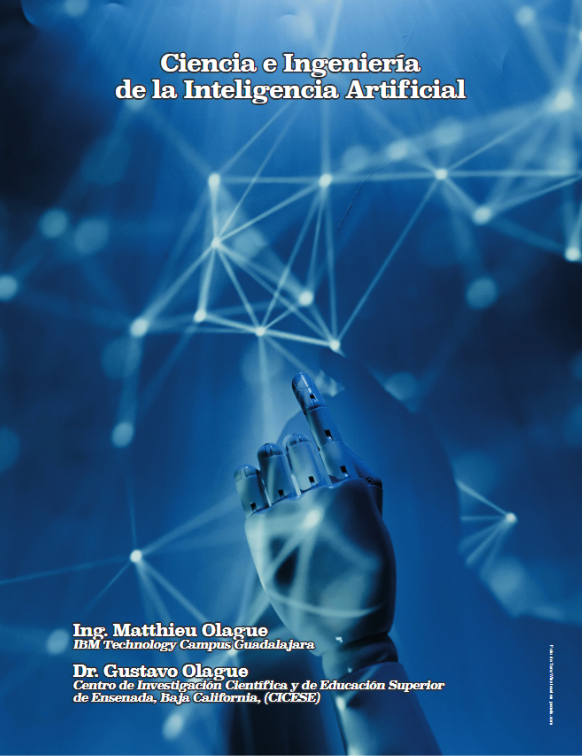Ciencia e Ingeniería de la Inteligencia Artificial
Abstract
Artificial Intelligence (AI) is not only a concept but a reality that surrounds us permanently. Each day, from the moment we wake up, we encounter technology that facilitates our most diverse chores. In particular, the cellphone has come to be a device in which we perform countless activities such as: listening to music, writing emails, analyzing a spreadsheet, filming videos, or editing photographs so that we can share them on our social media. Defining artificial intelligence can quickly become a challenge due to the vast array of proposals that try to solve the activities mentioned above. Besides, countless professionals dedicate themselves to generating practical solutions to AI tasks. We can start grasping this field of knowledge by asking ourselves, what is the process by which all these technologies are created? We can basically refer to two of them: the scientific method and the engineering method.
Downloads
References
Gauch, H. G. Jr., Scientific Method in Practice, Cambridge University Press, 2003.
Korf, R. E., A Program That Learns to Solve Rubik’s Cube, Proceedings of the Second AAAI Conference on Artificial Intelligence, AAAI’82, pp. 164–167, 1982.
Pahl, G. y Wolfgang B., Engineering Design: A Systematic Approach, Springer London, 1996.
Russell, S. y Peter N., Artificial Intelligence: A Modern Approach, 3ra ed., Prentice Hall, 2010.
Sebeok, T. A. y Jean U., “You Know My Method”: A Juxtaposition of Charles S. Peirce and Sherlock Holmes, Semiotica, 1979.






